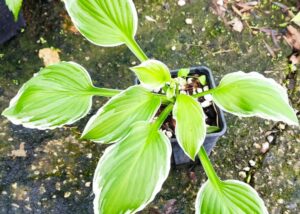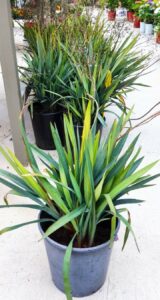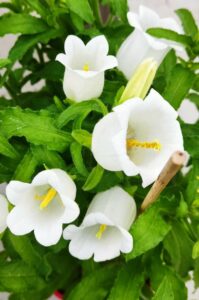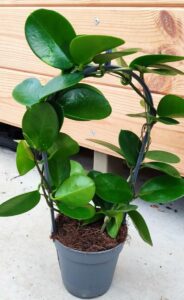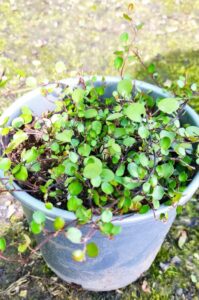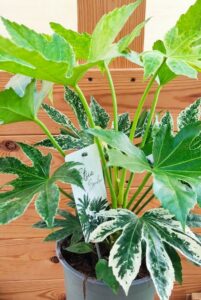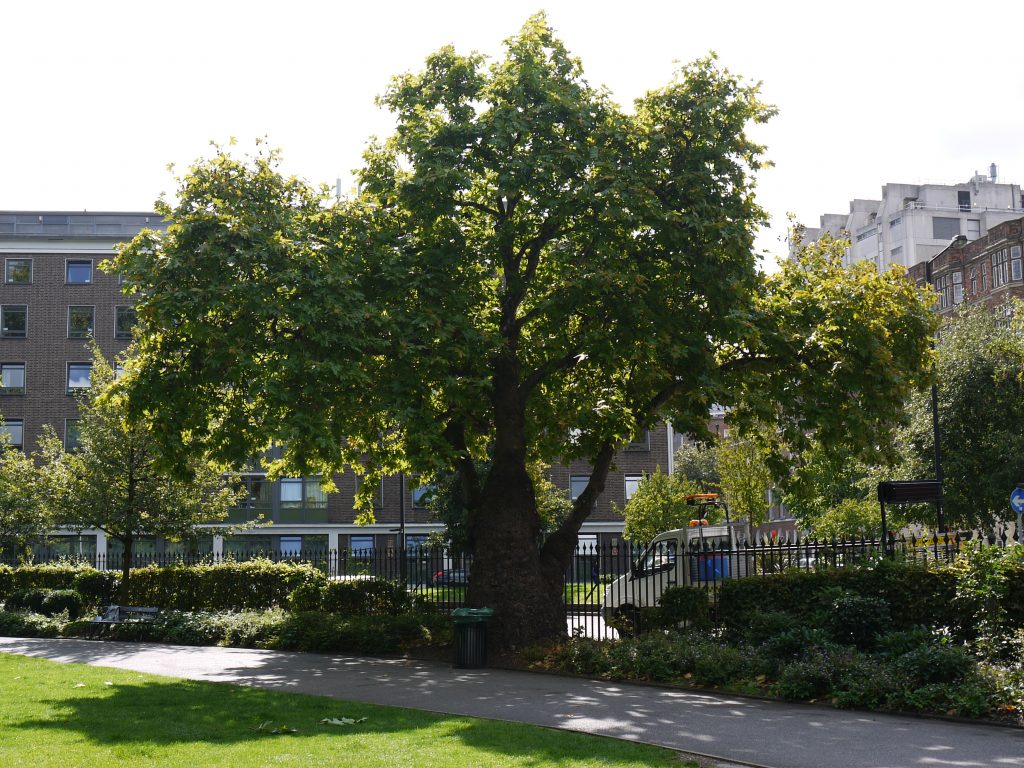
Ο plane tree (platanus sp.) is a genus of trees native to the Northern Hemisphere. This genus includes about 10 species, which belong to the family platanaceae. These are large, deciduous trees, ranging in height from 30 to 50 meters. They are found on riverbanks, in wetlands and places where there is water, but they can also survive in drought.
In every village and in every square we meet the imposing plane tree! It is the tree that accompanies us for many years and offers us its shade and the coolness of summer.
Description of the plant
The plane tree is a deciduous tree of rapid growth, reaching 30m in height. It has a characteristic silver-colored bark. The leaves are palmate, large, 10-20 cm wide, with 5-7 lobes and bays that reach the middle of the leaf. The edges of the pods are strongly serrated. The upper surface is dark green and the lower surface is light green and turns yellow in autumn. Its spherical-pyramidal crown reaches 30 m in height and 25 m in diameter. The trunk shows a high degree of exfoliation, which creates particularly embossed and beautiful designs as the tree grows.
Its flowers are monotonous, dense, in spherical inflorescences heads on a apex, slender and long axis. Males have yellowish tips, while females are reddish. Flowering is observed in April and May. The fruits that are formed are spherical with volatile hairs, initially green and later reddish. They remain hanging on the branches for a very long time. They ripen in autumn and can stay on the tree all winter.

Plant care
Development conditions
Prefers sunny positions but can also tolerate partial shade. It also shows great resistance to high summer temperatures, as long as it has sufficient humidity. Adapts to different types of soils, without specific acidity as long as they have good drainage. It thrives in places with soil and atmospheric moisture (rivers, streams, public parks).
Watering
It needs moderate watering about 2 times a week. But it needs larger amounts of water every 2-3 days mainly until it is installed in a garden or in periods of intense drought.
Lubrication
Fertilize with a complete granular preparation once in early spring and once in late autumn to maintain vigor and improve its growth.
Durability
It withstands the high temperatures of summer and the low temperatures of winter up to -20ºC. It is a plant resistant to heat, strong winds and air pollution.
Pruning
Early spring, after the last cold, it needs pruning to provide shade in streets or squares, where it is planted. In autumn, dry and injured shoots need topping for maximum and dense foliage.

Uses of the plane tree
- Used in parks, squares and tree lines. It has a deep root system, does not raise pavement slabs.
- Individual plantings in different parts of the garden to create shaded areas.
- Ideal for parks and yards.
- Forms beautiful clusters.
Enemies and Diseases
The plane tree can cause metachromatic ulcers or plane tree disease, a disease caused by fungi that can destroy leaves within a few years. The pathogen invades the trunk, branches or roots, from wounds in the outer bark of the tree, having the ability to kill trees of any size and age. This disease can occur due to cold or wet spring weather.
Another disease that can affect the plane tree is downy mildew. The plane tree can also be infested by lepidopteran larvae.

